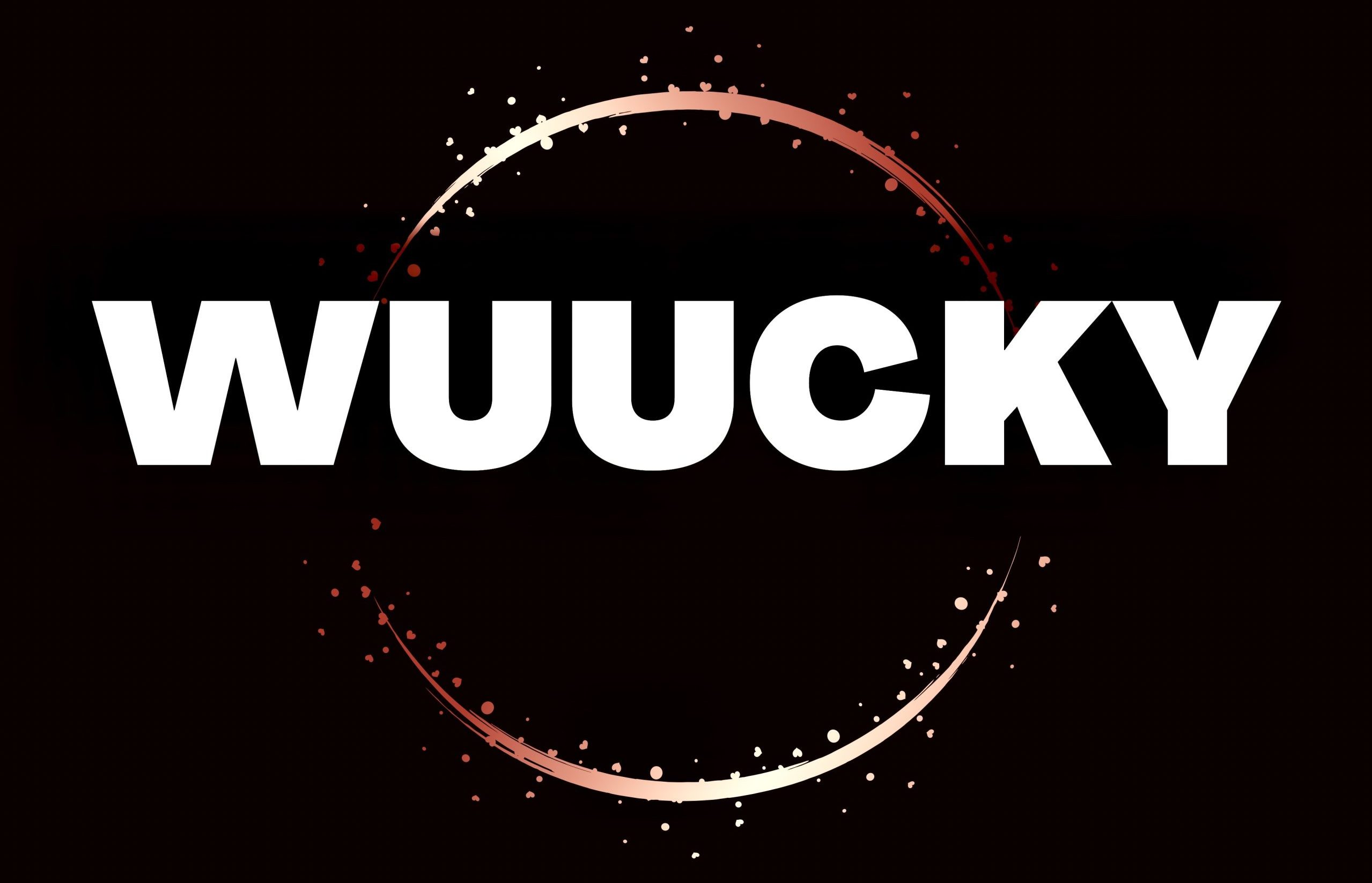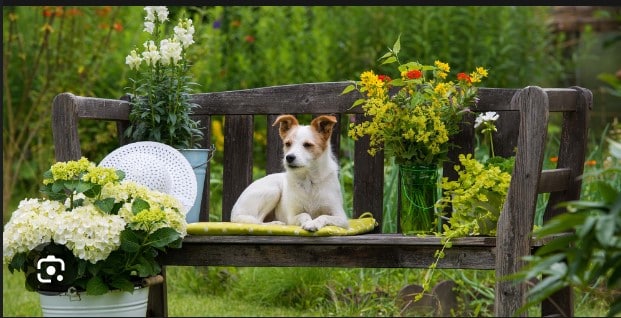If you enjoy gardening or have some plants in pots outside your home, be aware that certain plants can be harmful to your dog if they eat them. Many common shrubs, trees, and flowers found in gardens and the wild can pose a danger to your furry friend. We have put together a comprehensive List of Dog Toxic Flowers to help you watch out. We also talked about Flowers and Bulbs that are Toxic to Dogs and Shrubs that are Toxic to Dogs. As well as Trees that are considered Toxic for Dogs and Other things that are Toxic for Dogs.
Flowers and Bulbs that are Toxic to Dogs
Autumn Crocus
These plants bloom in the fall and are very dangerous for dogs because they have colchicine. Colchicine can cause severe problems like stomach bleeding, intense vomiting, damage to the kidneys and liver, and also even difficulty breathing. Symptoms may not show up right away, so it’s crucial to get your dog to the vet if they’ve eaten any part of this plant.
See also: Are Lilies Toxic to Dogs?: Find out How it Affects Them

Begonia
These tubers are often used in pots. Thus, if dogs eat them, it can lead to irritation in the mouth and trouble swallowing.
Chrysanthemum
These common flowers have substances like lactones and pyrethrin, causing irritation in the intestines. While not deadly, eating any part of the plant can result in vomiting, diarrhea, lots of drooling and skin rashes. As well as difficulty coordinating movements.
Daffodil
If your dog eats any part of the daffodil plant, especially the bulb, it can lead to serious problems. They can be intense vomiting, drooling, shaking, difficulty breathing, seizures, and also heart issues.
See also: Are Lilies Toxic To Cats: Find Out If Lilies Affects Your Cat

Foxglove
Every part of these tall and attractive flowers, including the seeds and petals, is highly harmful to dogs. If they eat any of it, it can result in heart failure and even death. There’s more to see in this post on List of Dog Toxic Flowers
Geranium
Dogs should avoid all types of this common potted plant because they are toxic. Symptoms of poisoning include being tired, low blood pressure, skin rashes, and loss of appetite.
Iris
If your dog ingests any part of the iris plant, it can cause skin irritation, excessive drooling, diarrhea, vomiting, and sluggishness.
See also: Are Snake Plants Toxic To Cats: See How Snake Plants Can Affect Cats
Lily
There are many types of lilies, and it’s tough to remember which ones can be harmful to pets. Some, like daylilies, can be very toxic to cats but might only upset a dog’s stomach. Others, like the calla lily, release a substance that can burn and irritate a dog’s mouth and stomach, leading to symptoms that can range from mild to severe.

Lily of the Valley
If a dog eats this plant, symptoms may include diarrhea, vomiting, a decrease in heart rate, and irregular heartbeats.
Tulip and Hyacinth
While the blb is the most toxic part, all parts of these flowers, which bloom early in the season, can be harmful to dogs, causing irritation in the mouth and esophagus. Common symptoms include lots of drooling and vomiting. If a dog eats many bulbs, it might lead to an increased heart rate as well as irregular breathing. With proper care from a vet, dogs usually recover without further issues.
See also: Are Snake Plants Toxic to Dogs? All You Need to Know
Shrubs that are Toxic to Dogs
Azalea and Rhododendron
These plants are often used in gardens and can be found in nature, but they are extremely dangerous for dogs. Even eating a few leaves can lead to serious problems like vomiting, diarrhea, drooling, paralysis, shock, coma, and even death.
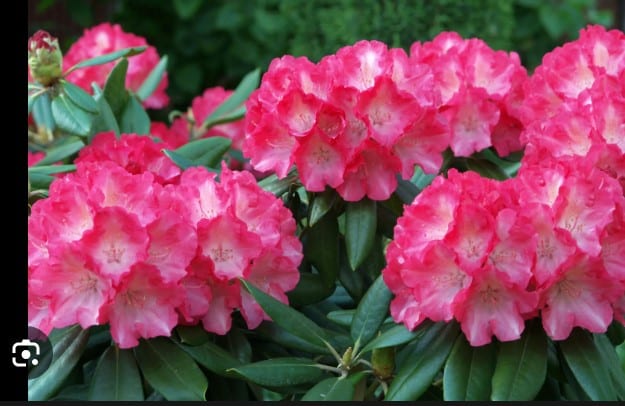
Holly
There are different types of holly, like American holly, English holly, Japanese holly, and Christmas holly. While some are less harmful than others, it’s safest to keep your dog away from any kind. Eating the leaves can cause vomiting, diarrhea, and harm to the stomach because of the plant’s prickly leaves. Symptoms may include lip-smacking, drooling, and head shaking.
Hydrangea
These plants have a high amount of harmful substances in their flowers and leaves. If a dog eats the leaves or flowers, it can lead to tiredness, diarrhea, vomiting, and other stomach issues.
See also: 5 Toxic Foods To Avoid For Dogs
Ivy
Ivy is a common part of many landscapes, even though it’s a vine, not a shrub. Some types of ivy plants have leaves that can be harmful to dogs, causing excessive drooling, vomiting, diarrhea, a swollen mouth and tongue, and difficulty breathing if ingested. Keep reading to see more shrubs in our List of Dog Toxic Flowers.
Oleander
This popular decorative shrub is toxic to both humans and dogs in all its parts. If your dog eats the flowers or leaves, it can lead to severe vomiting, an abnormal heart rate, and even death. Watch out for signs like trembling, drooling, seizures, and weakness.

Peony
These beautiful flowering plants have a toxin called paeonol in their bark. Eating large amounts may cause vomiting as well as diarrhea.
See also: 10 Ways to Keep your Dog Safe
Sago Palm
Often used as an ornamental shrub in moderate climates, this plant is considered highly toxic to dogs. Every part, especially the seeds, can lead to acute liver failure if ingested. Symptoms include vomiting, diarrhea, bloody stools, reduced appetite, and also nosebleeds. Just a few seedpods can be dangerous.
Trees that are considered Toxic for Dogs
Black Walnut
While the tree itself is not harmful, the nuts that fall to the ground can be dangerous for dogs. They quickly start to rot and produce mold, leading to digestive issues and even seizures when ingested.
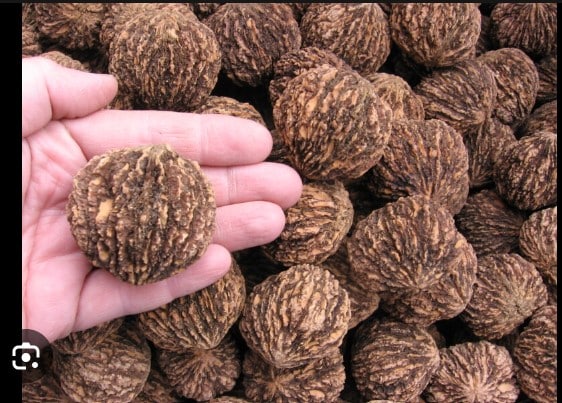
Chinaberry
Every part of this tree, including the berries, leaves, bark, and flowers, contains toxins that can cause various problems in dogs. This can range from vomiting and diarrhea to weakness, a slow heart rate, seizures, and shock.
See also: 10 Beautiful Black Cat Breeds you can Adopt
Fruit trees
The fruits of trees like plums, apricots, peaches, and avocados have pits, and the seeds of cherries and apples contain toxins that can make your dog sick and pose a choking hazard. Even if they only eat the fruit, consuming too much can result in diarrhea.
Horse Chestnut (Buckeye)
This tree has a substance called saponin, which can make dogs vomit, have diarrhea, and dilated pupils. It also affects the central nervous system, possibly leading to convulsions and coma.
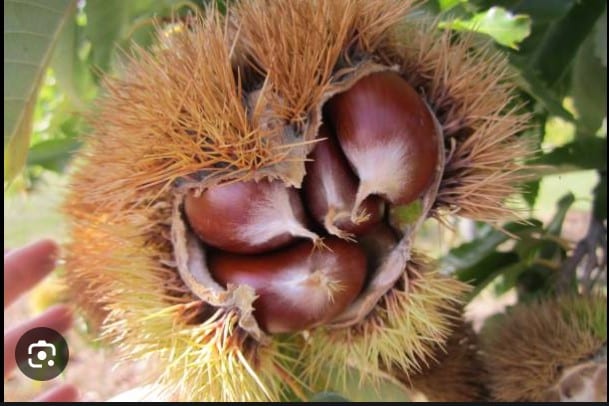
Japanese Yew
All types of Japanese Yew trees, whether small or large, contain harmful toxins that can be deadly for dogs. Symptoms include shaking, vomiting, breathing difficulties, and seizures. Even though they look festive with their green leaves and red berries, it’s not safe to have them as decorations in homes where dogs live.
See also: A Comprehensive Guide To Raw Cat Food
Other nut trees
In general, nuts are not safe for dogs. It’s best to prevent your dog from eating nuts from almond, pecan, hickory, walnut, or other nut trees. Consuming them can lead to stomach problems and blockages in the intestines.
Other things that are Toxic for Dogs
It’s not just plants that can be risky for your dog during walks or playtime in the garden. Here are some other things to be cautious about:
Compost and grass clippings
These can have harmful molds or bacteria. Make sure to keep any compost in a secure bin.

Fungi and mushrooms
Often found in autumn, especially in warm, damp conditions. While not all types are dangerous, some can be life-threatening if your dog eats them. It’s safest to steer clear of them entirely.
See also: Best Black Dog breeds
Pesticides, weed killers, and fertilizers
These products often contain substances that can be toxic to pets. Avoid spraying areas your dog frequents and use barriers or covers to keep them away from treated areas. Keep reading this post on List of Dog Toxic Flowers for more.
Grass Seeds
Grass seeds can easily stick to your dog’s skin, especially in their paws, armpits, and ears. This can cause irritation, infection, and even spread to other body parts, creating potentially serious issues. Grass seeds are not only a risk when you’re replanting your lawn but are also common in fields with tall grass, especially during spring and summer.
See also: Bark Collars for Small Dogs
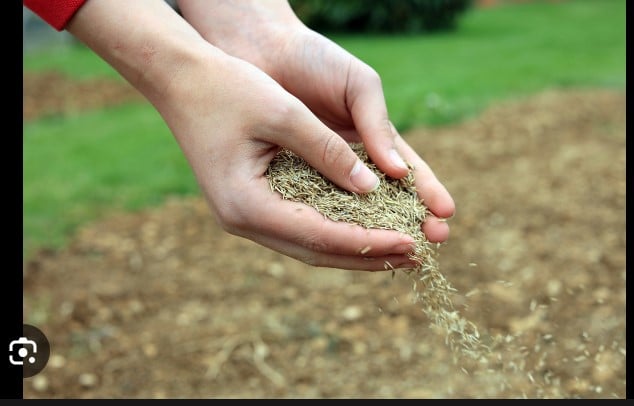
What to do if your dog ingests a Toxic Plant
If you think your dog has eaten something harmful, take these steps:
- Contact your vet, AKC Vetline, or the Pet Poison Helpline (855-764-7661) for accurate advice.
- Try to figure out what the dog ate by collecting a sample, taking a photo, or saving the vomit in a plastic bag.
- When you talk to the vet or helpline, provide as much information as possible, including the suspected plant, when it happened, your dog’s weight, and any symptoms they’re showing.
- Do not make your dog vomit unless the vet advises it. Different plant poisons need specific treatments, and inducing vomiting can make some cases worse.
- Don’t believe the myth that dogs instinctively avoid harmful plants. While it might be true for wild animals, dogs can’t tell safe from unsafe plants. Keep reading for more List of Dog Toxic Flowers.
See also: Best Food for Dogs with Allergies
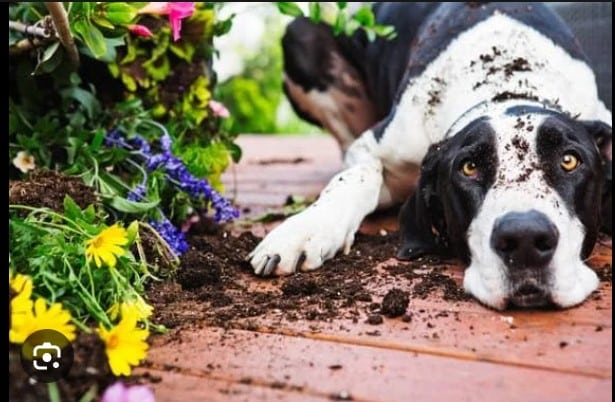
Signs of Plant Poisoning in Dogs
- Drooling
- Refusing to eat
- Being tired or low on energy
- Throwing up or having diarrhea – especially if there are chewed-up plant parts in it
- Drinking or urinating more than usual
- Developing rashes
- Having red skin
- Getting mouth sores
- Pale gums
- Experiencing twitching or seizures
- Collapsing
See also: 5 Best Nail Scratch Pad for Dogs
Plants that are Safe for Dogs
It’s not easy to make a list of plants that are completely safe for dogs. Even though we know some plants are harmful, it’s hard to guarantee that a plant won’t cause problems if your pet eats or chews it. Identifying plant species can be tough, and most plants can be troublesome if your pet consumes a lot of them.
To be on the safe side, it’s best to keep all indoor plants out of your pet’s reach so they don’t try to eat or nibble on them when you’re away. Also, keep an eye on your dog when they’re in the garden or on walks to make sure they haven’t come across any plants that could be harmful to them.
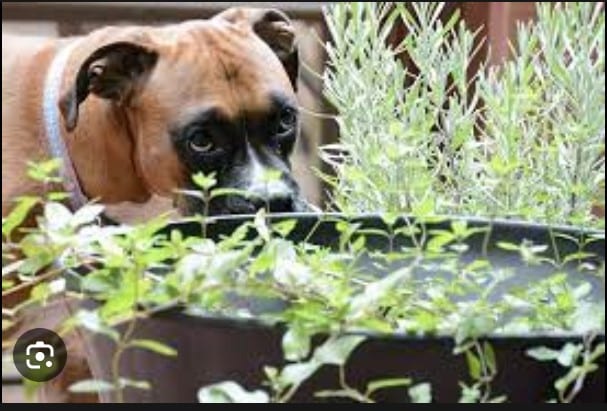
Conclusion
In summary, recognizing and avoiding toxic flowers is essential for safeguarding our dogs. While a comprehensive list may be challenging, understanding common hazards empowers responsible pet care. Quick identification of symptoms and seeking prompt veterinary help are crucial in minimizing risks. Creating a safe environment and staying informed are key steps in ensuring the well-being of our beloved canine companions.
